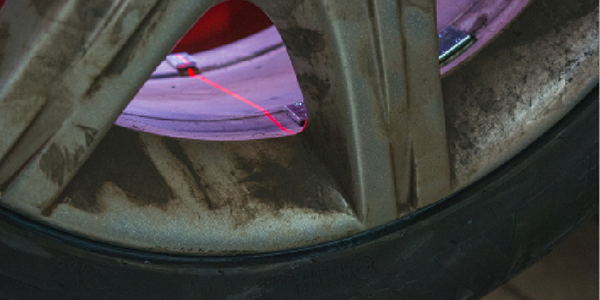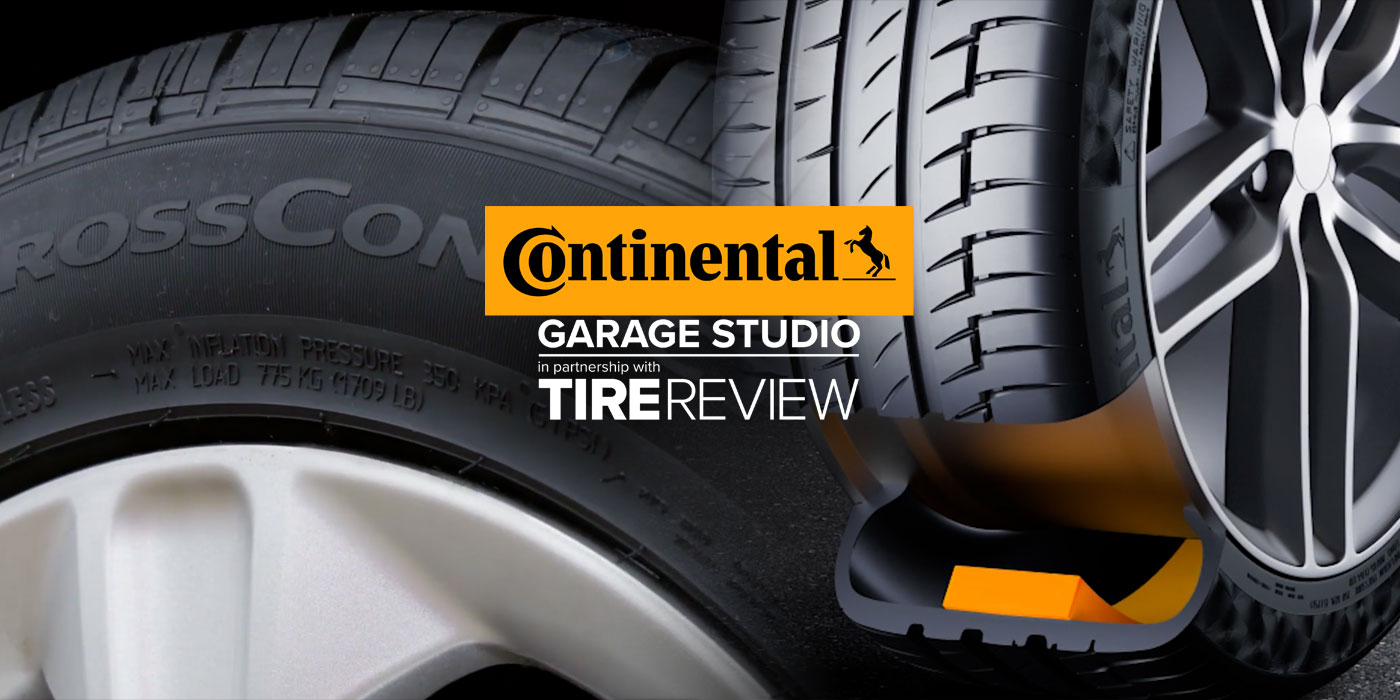Properly diagnosing and resolving a customer’s tire vibration issue can be a difficult and time-consuming process. Fair or not, consumers often see tires as the source of any vibration felt in the steering wheel, driver’s seat or brake pedal. The result is often that the tires get the blame, and that means it’s up to the tire technician to track down the source of the vibration and fix it – or to explain which part is the real culprit.
A noticeable vibration when driving can come from a multitude of parts and malfunctions from sidewall defects to poor wheel balance to loose muffler hangers and dampeners. Every potential at-fault part and defect can require a unique set of analyses and sometimes even specialized tools. While volumes could be written about the countless number of problems and solutions, this primer can help to solve for the more common vibration issues.
Tips on Troubleshooting
• Ask the customer where the vibration is coming from. Often, vibrations in the steering wheel indicate an issue in the front wheels or tires. A vibration in the seat is frequently related to rear tires and wheels. Vibrations in the pedal are usually related to warped rotors.
• A test drive can be helpful to reproduce the issue the customer is experiencing. This is especially helpful if the customer is struggling to describe the issue in good detail.
• Start by looking in the wheels, tires, alignment and suspension – in that order. Not only are many vibration issues found in the tires and wheels, but tire technicians are often best able to work on wheel and tire issues due to equipment on hand and years of experience. Starting with the wheel and tire will also often rule out or fix simple issues before moving into larger and more expensive repairs.
A tire balancer is obviously useful for assessing weight imbalances, but it can also be a good place for a visual inspection of the wheel and tire. Even though deviations in roundness as small as a few hundredths of an inch can cause problems with vibration, they are often visible to the naked eye by simply hand-spinning and looking for an even, continuous circle as it spins.
• Since the bead of a tire will naturally follow the contour of the wheel, don’t assume that a seemingly out-of-round bead is the issue. Replacing a tire will do nothing if a replacement is put onto the same bent rim.
• Spinning the wheel by hand and looking across the tread surface can reveal movement that may indicate internal damage or irregular tread wear. Side-to-side tread movement can indicate a lateral bend in the wheel or, if the wheel itself isn’t moving, a bad toe-in.
• In many cases, vibration issues can be eliminated in the wheel, tire, or alignment, but when all else fails, it may be necessary to look to the suspension or other parts. This can be a more complex and difficult process, but in such a case, it may be useful to consider the following parts as potential sources of troublesome vibration issues.
Other Sources of Vibration
• Engine, engine mounts and transmission
• Mounting system intake and exhaust systems
• Flywheel and torque converter
• Driveshaft, CV joints and differentials
• Axle
• Body structure at mounting interfaces, body acoustics and local and suspected areas of resonances such as brakes
• Chassis
• Damper and bushings
• Mounting spring damper
• Brake, steering and wheel turning
• Driving dynamics control systems
• HVAC
• Seat track and motor noise
• Window regulator noise
• Door slam, turn signal sound quality, etc.
Unfortunately, sometimes there is no defect to fix. Different tires, parts and vehicles will produce varying amounts of vibration and road noise. In a perfect world, the customer would understand that the type and quality of vehicle and installed components can have a significant effect on the sound and feel of the drive, but sometimes it falls to the technician to explain the tire vibration facts of life. Though the customer may start off wanting his Kia to have the noise and ride characteristics of a BMW, a technician armed with facts and a good rapport can explain the importance of suspension and model-specific noise dampening to the customer. A good conversation can even lead to a prioritizing a quiet ride when it comes time to buy new tires.
Since every shop is equipped with different types of equipment and is staffed by techs with different backgrounds, not every vibration is solvable in the shop even when there is a defect. Though many tire stores do repair work on suspensions, brakes or even engines and transmissions, most don’t cover every single part that could cause a vibration or noise complaint. When that happens, the more help and information that a customer receives, the better his or her experience will be.














